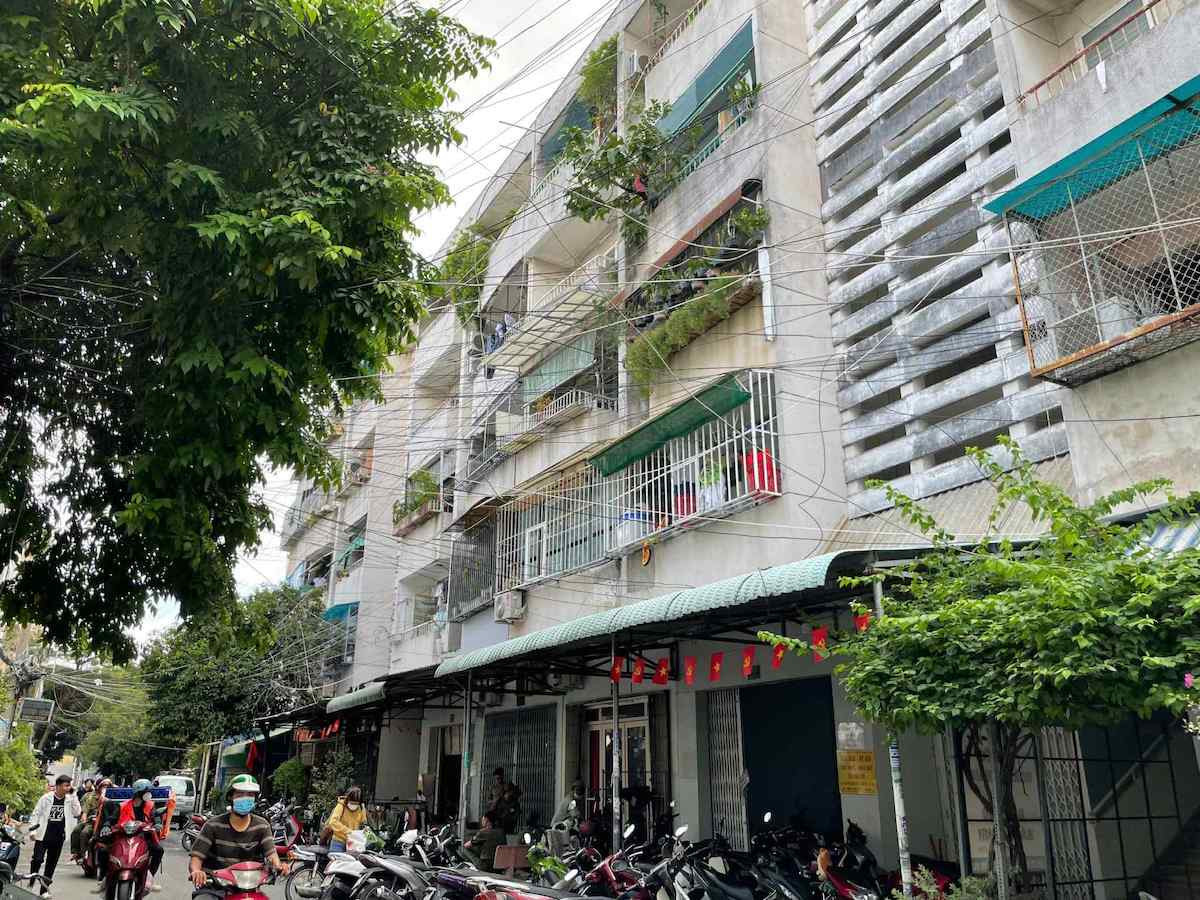On the evening of July 15, following increasing concerns about fire safety in deteriorating apartment buildings, authorities in Ho Chi Minh City once again called for the removal of "tiger cages" - iron bars encasing balconies and windows that severely hinder emergency escape routes.

Constructed over 50 years ago, Thanh Da apartment complex in Binh Quoi Ward is emblematic of the problem.
Despite an approved redevelopment project, bureaucratic delays have left residents in decaying buildings with outdated electrical systems, limited open space, and, critically, enclosed emergency exits.
In many units, residents have installed permanent iron structures around balconies and windows to extend living space, ignoring fire safety regulations.
While some households have responded to awareness campaigns by cutting openings into the iron bars, the overall effort remains insufficient. Given the poor condition of electrical infrastructure, any fire outbreak - such as the deadly blaze at Doc Lap Residence - could lead to catastrophic consequences.
Systemic risks across aging housing
Lieutenant General Nguyen Thanh Huong, Deputy Director of the Ho Chi Minh City Police, noted that the city has 1,132 apartment buildings, including 239 complexes and 341 individual blocks built before 1975, with hundreds more constructed between 1975 and 2001.
Many of these buildings have outdated and nonfunctional fire prevention systems.
Limited budgets make maintenance and upgrades nearly impossible. For instance, the 18-story Mieu Noi building lacks a basement, resulting in walkways and recreational areas being repurposed as parking lots, further compromising evacuation routes.
Recognizing the urgent need for action, the city’s Fire and Rescue Police Department (PC07), in coordination with local authorities, has launched campaigns to encourage residents to dismantle these dangerous structures.
They aim to promote the installation of portable fire extinguishers, emergency tools, and escape plans in every household.
Additionally, the city is expanding community-based fire prevention networks known as “Safe Firefighting Neighborhood Teams” to strengthen grassroots response capacity.
A shared responsibility
Authorities continue to emphasize that electrical malfunctions are responsible for 70% of all fires. Historic tragedies - like the 2018 Carina Plaza fire that killed 13 people and the 2022 An Phu karaoke fire in Binh Duong that claimed 32 lives - underline the deadly consequences of neglected electrical systems.
Alongside new policies, Ho Chi Minh City is pushing forward with a citywide plan to renovate or rebuild substandard residential blocks by 2030. The program targets Category B and C buildings, particularly those constructed before 1975.
However, officials stress that institutional action must be matched by individual vigilance. Homeowners and facility managers are urged to inspect and address electrical hazards, remove obstructive iron bars, and prioritize safe design in everyday living spaces.
The recent fire in Doc Lap Residence offers a painful lesson. Had the barred balconies not impeded escape routes, some lives might have been saved.
Encouragingly, residents have begun removing the “tiger cages,” restoring both the buildings’ original appearance and critical evacuation routes.
More than a cosmetic change, these efforts signal growing public awareness that safety cannot be compromised for extra space.
PV